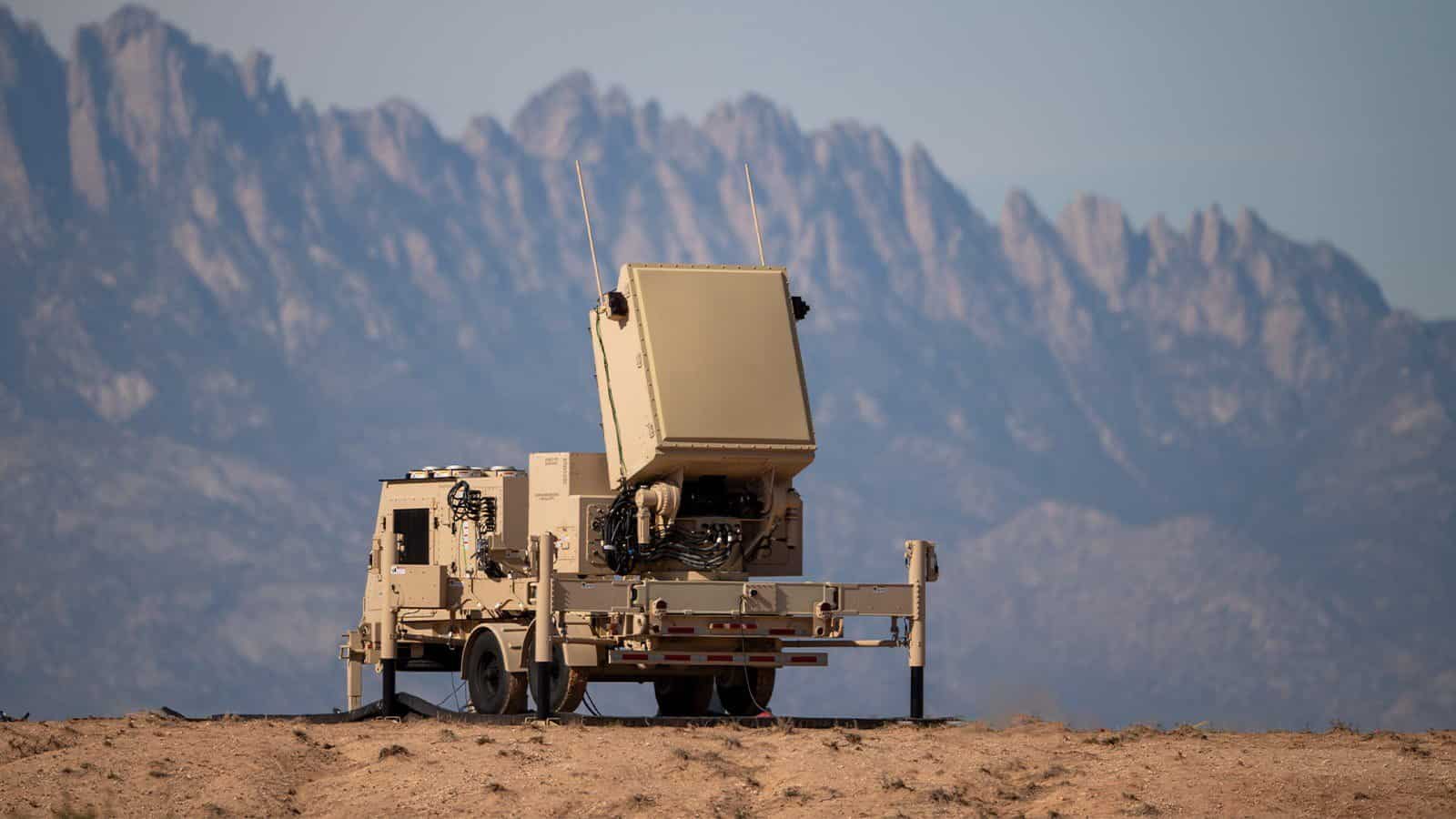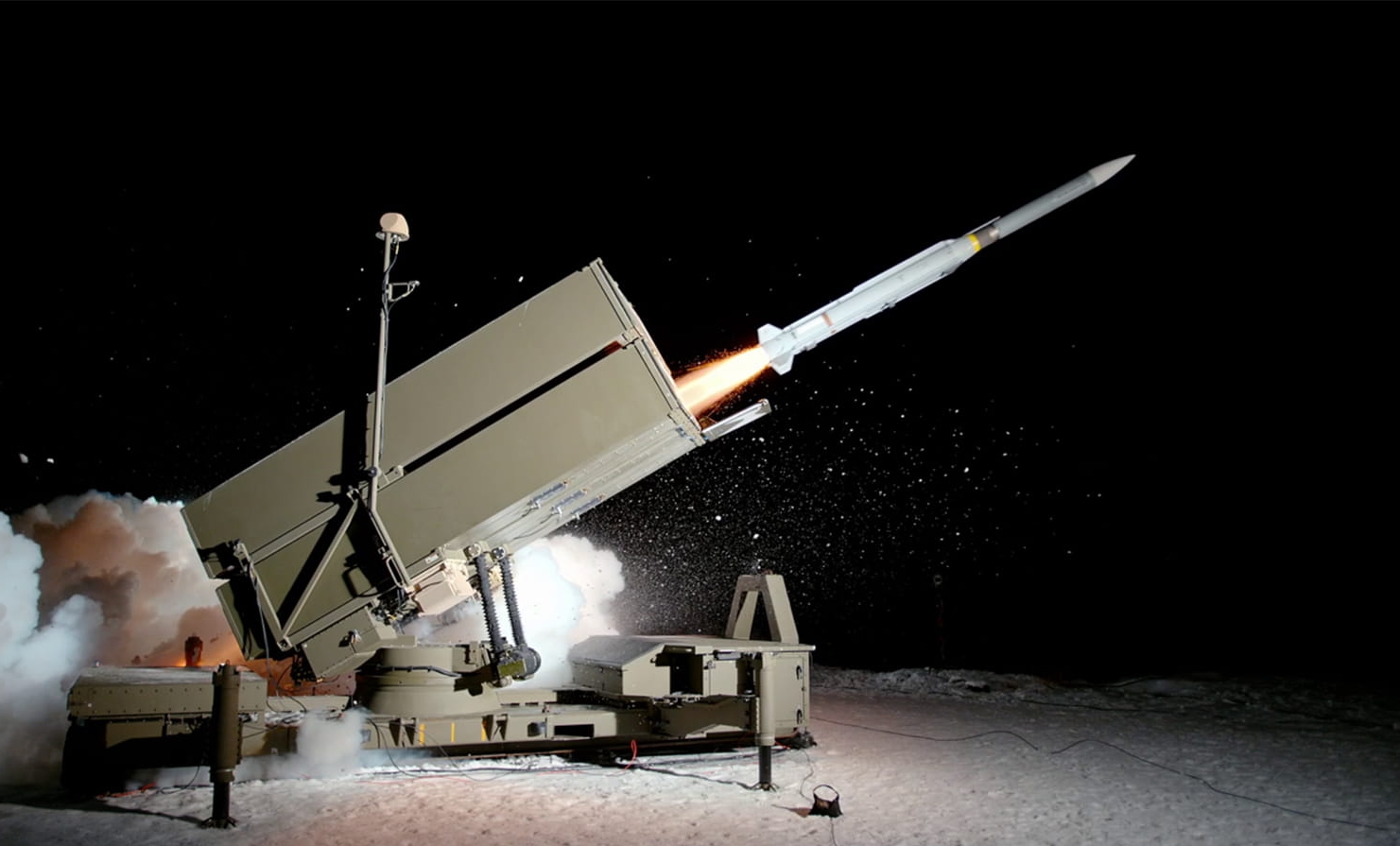
Raytheon and Kongsberg Defense & Aerospace will jointly develop a new radar based on the existing GhostEye station specifically for the NASAMS anti-aircraft system.
A Raytheon spokesperson disclosed this to Defense News.
At the Norwegian Ministry of Defense’s request, Raytheon will cooperate with Kongsberg to develop a new radar station that will expand the capabilities of the Norwegian NASAMS anti-aircraft missile system.
According to the company, the next-generation radar will be based on the existing Raytheon GhostEye series of radars, with one of the key upgrades focusing on increasing the range.
“We can’t provide precise performance characteristics, but the radar’s capabilities will be significantly greater than the current NASAMS sensor configuration. This is largely due to the use of an active phased array radar antenna and gallium nitride (GaN) technology, which are featured in the GhostEye radar series,” Mike Mills, executive director of the GhostEye development program at Raytheon, stated.
Mills added that components of the new development will be produced in both Norway and the United States. He declined to say when deliveries would begin, as discussions on this aspect are still ongoing.
It is difficult to explain the Norwegian need for a new radar based on GhostEye, given that Raytheon has already successfully integrated and tested the original system as part of NASAMS 3.
A likely explanation for this decision could be developing an export version that could be supplied to foreign users and locally produced in Norway. An unlikely alternative is the development of a rumored project to modernize NASAMS systems to intercept ballistic targets.

GhostEye MR is a medium-range radar system that detects airborne targets such as cruise missiles, airplanes, helicopters, and ballistic missiles.
The radar uses technologies used in the development of the LTAMDS low-level missile defense radar integrated into the Patriot PAC-3. It is equipped with a 360-degree rotating radar antenna with an active phased array S-band antenna with electronic scanning based on gallium nitride (GaN) transceiver modules.
The exact characteristics of this radar’s air target detection are currently unknown. However, according to the project participants, it should significantly expand NASAMS’s range and altitude, replacing the current AN/MPQ-64 Sentinel radar. The latter is capable of detecting targets at a distance of up to 120 km.
As a component of NASAMS, the new radar will fully unleash the potential of the system’s interceptor missiles, particularly the AMRAAM-ER medium-range missiles.
Підтримати нас можна через:
Приват: 5169 3351 0164 7408
PayPal - paypal@mil.in.ua
Стати нашим патроном за лінком ⬇
Subscribe to our newsletter
or on ours Telegram
Thank you!!
You are subscribed to our newsletter